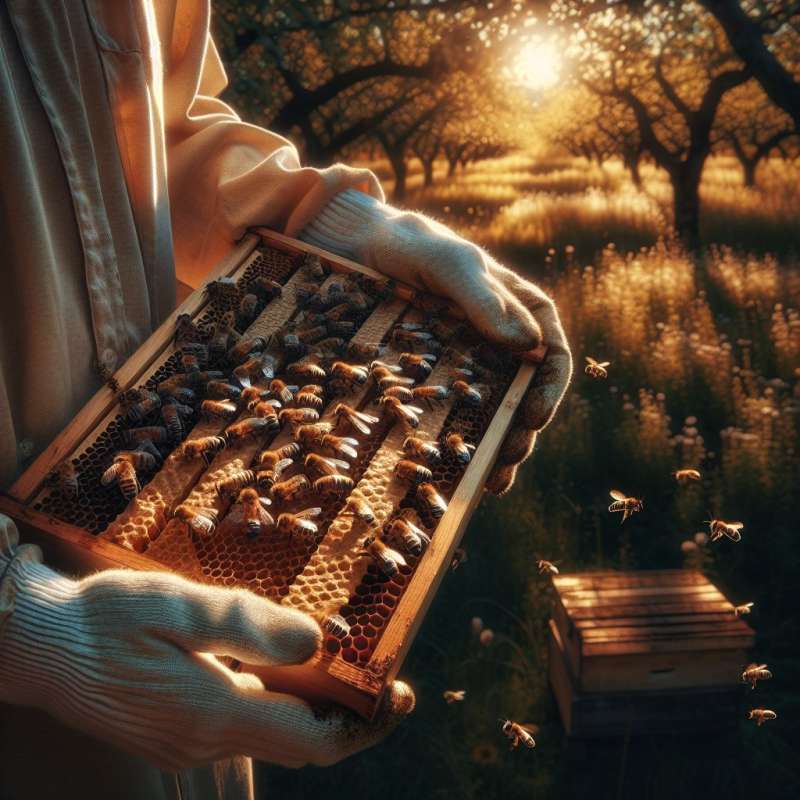
Introduction to Beekeeping
Beekeeping, or apiculture, involves maintaining bee colonies, usually in hives. It's practiced for honey, beeswax, and pollination services. It plays a crucial role in agriculture and ecosystems.
Bee Species Selection
Not all bee species are suitable for beekeeping. The most common is the Apis mellifera, or the Western honey bee, known for its honey production and adaptability to varied climates.
Understanding Bee Roles
A bee colony comprises three types: the queen, responsible for reproduction; the drones, male bees for mating; and worker bees, females managing hives and foraging.
Beekeeping Equipment Essentials
Key equipment includes protective gear, a smoker for calming bees, hives, frames for honeycomb, and tools for hive management. Each component is critical for successful beekeeping.
Seasonal Management
Beekeepers must manage hives differently across seasons. Winter requires ensuring sufficient honey stores, while spring involves managing swarm tendencies and monitoring colony health.
Harvesting Bee Products
Harvesting is done with care to not distress the bees. Honey is extracted using centrifugal force in extractors, while beeswax, propolis, and royal jelly are collected separately.
Beekeeping Challenges
Beekeepers face challenges like varroa mites, colony collapse disorder, and climate change impacts. Integrated pest management and sustainable practices are crucial for healthy colonies.
What is apiculture?
Study of aquatic life
Maintaining bee colonies
Agricultural plant cultivation
Company